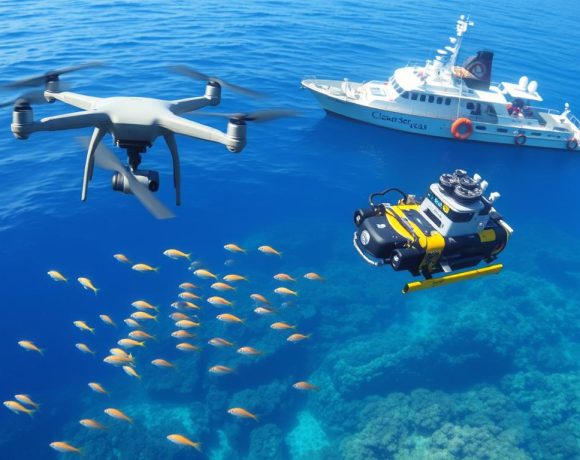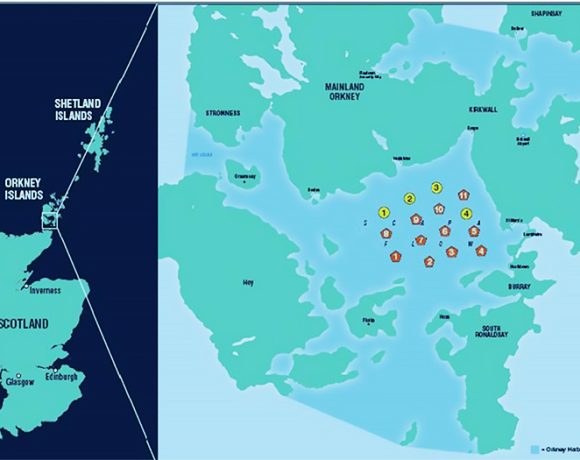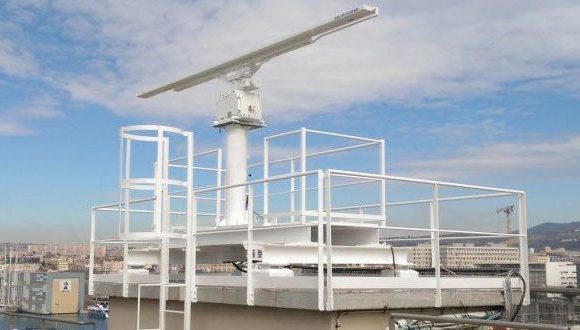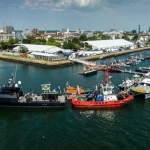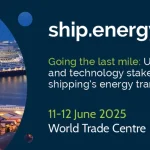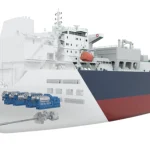Creating More Time To Avoid Disaster
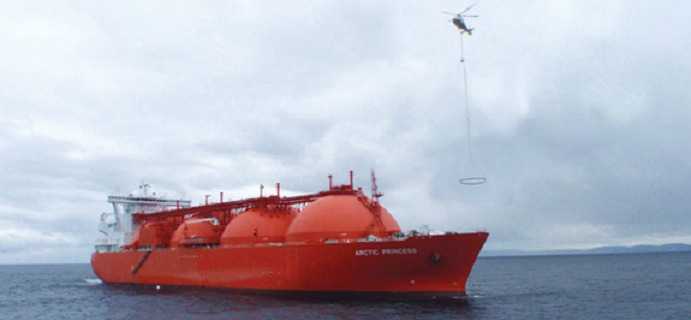
If a ship loses power while at sea it will be a lottery as to whether it can be prevented from running aground. Such an event is disastrous to any ship but if it happens to a tanker the consequences can be momentous. Yet ultimately it is down to a collection of random factors that dictate whether an engine failure escalates from a mere engineering inconvenience into an international pollution disaster with potential loss of life and livelihood for coastal communities.
When a ship loses its engine power it cannot be steered and it drifts helplessly. It tends to turn side-on to the wind and the waves which can then cause the ship to roll severely. This can result in deck cargo and containers being shed overboard and their contents emptied into the sea. The wind will also push the casualty before it and with vessels such as cruise ships they can present as much surface area to the wind as a fully rigged sailing clipper. This means that if the wind is blowing towards the shore it will not be long before the ship hits it.
Under these conditions a vessel’s only hope is for a rescue tug to reach it and tow it to safety before it grounds. Unfortunately emergency towing vessels are a relatively rare commodity and the nearest may be several days away. To the captain in such a situation the odds of salvation may appear stacked against him and until the invention of the ShipArrestor system, that would have been the case. Developed by Miko Marine AS of Oslo, the Ship Arrestor is basically a large, lightweight sea anchor created by a parachute of high strength nylon that opens under water and resists the propulsion of the wind. It can be connected to the fore deck of a manned or un-manned ship by helicopter and once deployed will turn the vessel’s bow up against the weather. This will virtually eliminate any rolling and it will halve the speed at which the ship is drifting. This creates a valuable window of opportunity for the rescue tug to reach the casualty when it will be able to pick-up the sea anchor and the tow-line to which it is connected, in one operation.
The system has been designed so that when an emergency arises the ShipArrestor system would be taken from storage at a strategicaly located airfield. Attached to hang below any available rescue helicopter it would be quickly flown to the endangered ship. A ring of specially developed lightweight chain is created by an inflatable tube and is lowered over the winch gear on the foredeck of the stricken ship. The short length of chain resists chafing from deck gear and the ship’s side and the helicopter then lays the lightweight Dynema tow-line upwind and releases it attached to a sea anchor.
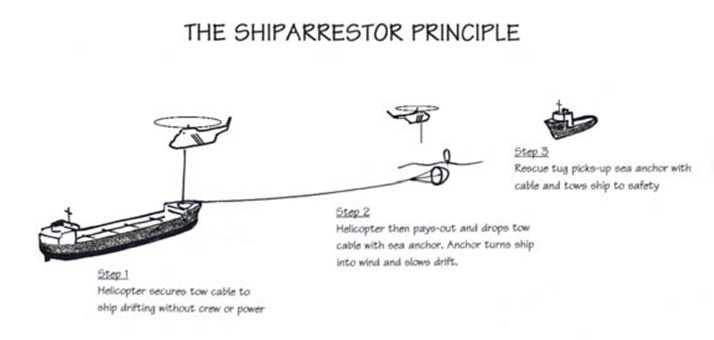
Full scale tests have demonstrated the system’s effectiveness and in one trial a 30-metre diameter nylon sea anchor was able to turn a 120,000 ton LNG (Liquefied Natural Gas) tanker into the wind and slow its drift by 58 per cent. This can now be seen on You tube.com – Mikomarine_shiparrestor.wmv
The successful development of the ShipArrestor has also created the opportunity for sea anchors to be routinely carried by tankers or ships transporting high risk cargoes. They can be carried in a container on the foredeck of any ship from where they can be automatically launched in an emergency. The need for such an installation was recently demonstrated when a windfarm jack-up platform costing millions of dollars was lost from a heavy lift vessel when its engines failed in mid-Atlantic. The incident demonstrated the dangers of excessive roll caused by a ship’s inability to turn into the wind and Miko Marine has shown that a solution now exists for this type of hazard.
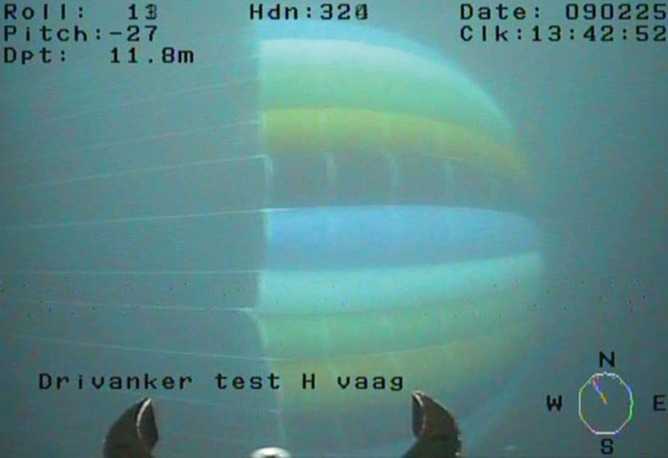
With its development programme complete the ShipArrestor is now being offered to national maritime administrations that have a need to protect their coastlines against the high cost and the liabilities that can arise from large ships grounding within their areas of responsibility. The Norwegian, Swedish and Canadian coastal administrations are actively considering its use and the German Havari Kommando Nord is planning tests of a version modified to its own requirements.
Everyone in the shipping industry knows that it is not unusual for ships to lose engine power at sea. They are also aware of the disastrous consequences of them running aground regardless of whether they are giant tankers or smaller cargo vessels laden with fuel. The existence of a method for regaining control of such ships is now an important option available for vulnerable coastal administrations and for ship owners aware of the dangers faced by their ships and crews.
For more information visit; www.shiparrestor.com



